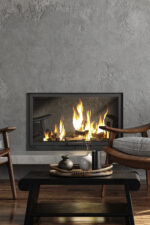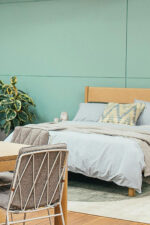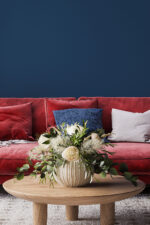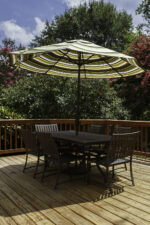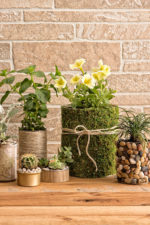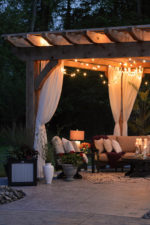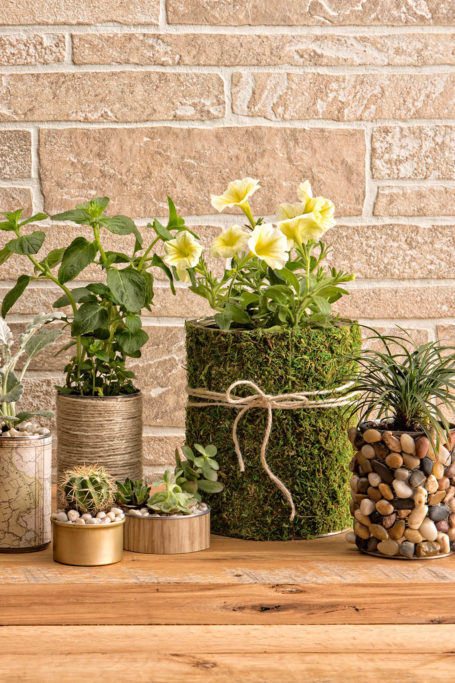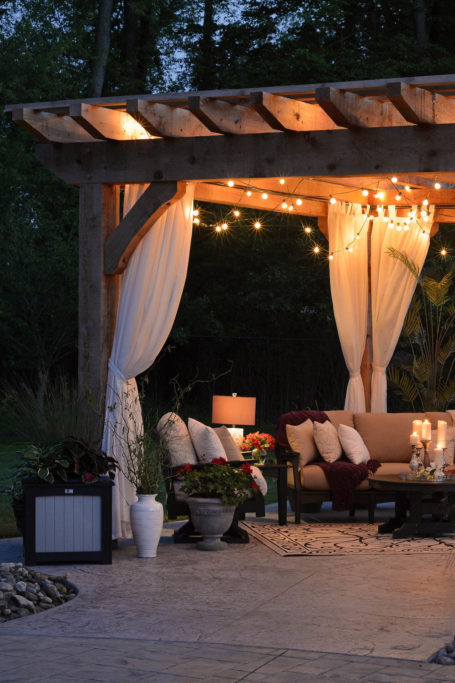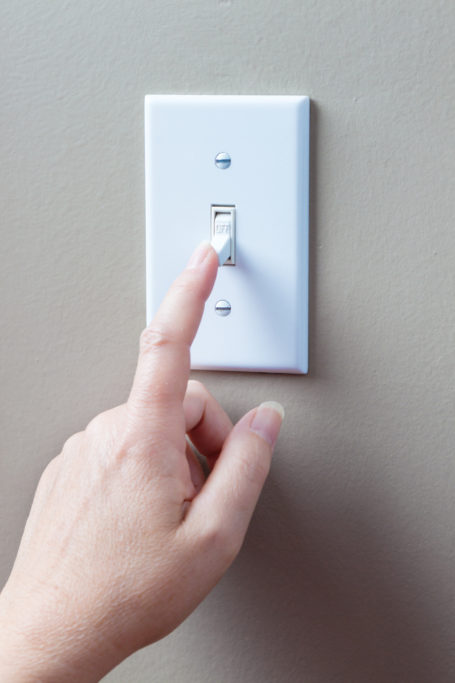Say Goodbye to Outdated Decor
Your home is a reflection of your sense of style, a collection of furniture, artwork, and more that is carefully curated to create your ideal ambience.
But trends evolve, and what once felt like a must-have fad may now appear outdated, resulting in interiors that feel stale and uninspired. If you’re ready for a fresher, more modern design, check out this guide to some of the most common decorative elements that could be aging your home along with more stylish alternatives for breathing new life into your spaces.

Matching bedroom sets
For those who prefer a clean and perfectly matched appearance for their primary bedrooms, a comprehensive furniture bundle—featuring an identical bed frame, side tables, vanities, and/or dressers—may certainly have seemed like the ideal solution in the past. But while such a set is convenient and cohesive, it can also make arguably the most personal space in your home feel like it’s right out of a furniture showroom: pretty and neat on the surface, yet ultimately dull and generic. Instead, opt for distinct yet compatible pieces that lend a stylish look representative of your unique personality. A simple trick for achieving this is to vary the materials as you shop for new bedroom furniture. For example, you could select an upholstered bed frame, stone end tables, a wooden dresser, and a metallic vanity mirror, depending on your specific tastes. As for color, diversifying shades from very light to completely dark will create eye-catching variety. Curate your bedroom with variable selections, and you’ll imbue the space with a visually stunning range of hues and textures you won’t soon grow tired of.
Word art
“Live, Laugh, Love” was once the battle cry of American suburbia, but this and other word-based decor may have drawn their final breath. “No one needs to be told to ‘EAT’ while they’re in a kitchen,” designer Taylor Johnson tells Apartment Therapy. It’s time to swap these canned sayings for some more unique and striking wall decor.
Take a risk by embracing creative features such as framed original pieces from local artists (or prints if you’d like to save money) or antique paintings from secondhand shops. If you aren’t sure where to start, search for art that communicates the feeling those cliché statements are meant to illustrate; for example, replace the words “Don’t Worry, Be Happy” with an uplifting and bright-colored sketch for greater impact.

Glossy accent decor
It’s hard to miss highly reflective and light-catching decorations, whether they’re made of glass, glazed ceramic, or shiny plastic. Such goods were once sought-after for their supposed elegance—before they became representative of mass-produced pieces that appear cheap and bland. So while they may have had their place in the sun, it’s now the era of matte pieces, which lend a much more tasteful touch to their surroundings.
To give any room a style update, upgrade items like lamps, vases, and candleholders to ones made from materials that are naturally nonreflective, such as stone, porcelain, and terra-cotta, in muted colors to guarantee that you get that sophisticated matte finish. Of course, if you still want to retain some glossy elements in a space, this is by no means forbidden; just opt for metal pieces instead. Such decor is timeless and appears naturally shiny, making it a stylish exception.

Shaggy Rugs
Once synonymous with comfort due to their relaxed feel and long pile, shaggy rugs were common elements for crafting a welcoming living room or bedroom. However, they aren’t without their drawbacks. Their dangling fibers can create a tripping hazard and tend to cling to messes and never let go, potentially spawning some unfortunate odors over time. For these reasons, you’ll want to replace any longer rugs in your home with more chic alternatives: short-pile ones that display a subtle pattern in various neutral colors and are made with low-maintenance wool or cotton fibers. Their simplified style and reduced care needs will make a tremendous difference in any room.

Corporate dinging rooms
Nothing says “good eating” like a glass table and black leather chairs, right? The businesslike look of minimalist dining rooms may seem clean and forward-thinking, but it ultimately lacks the warm, welcoming vibe that such a valuable hosting space needs. (You may end up requiring that “EAT” sign after all to indicate this room is for holding meals and not meetings.)
If your dining area feels too coldly contemporary, try warming up the color scheme by swapping stark-white wall paint or furniture for more comforting neutrals with hints of green or peach. Then incorporate a few elements like a vintage sideboard, classical oil painting, or antique table centerpiece. However, avoid going too traditional. Good design is all about balance, after all, and a space that marries contemporary with classic features will welcome guests and residents alike to enjoy a shared meal and forge stronger bonds.

